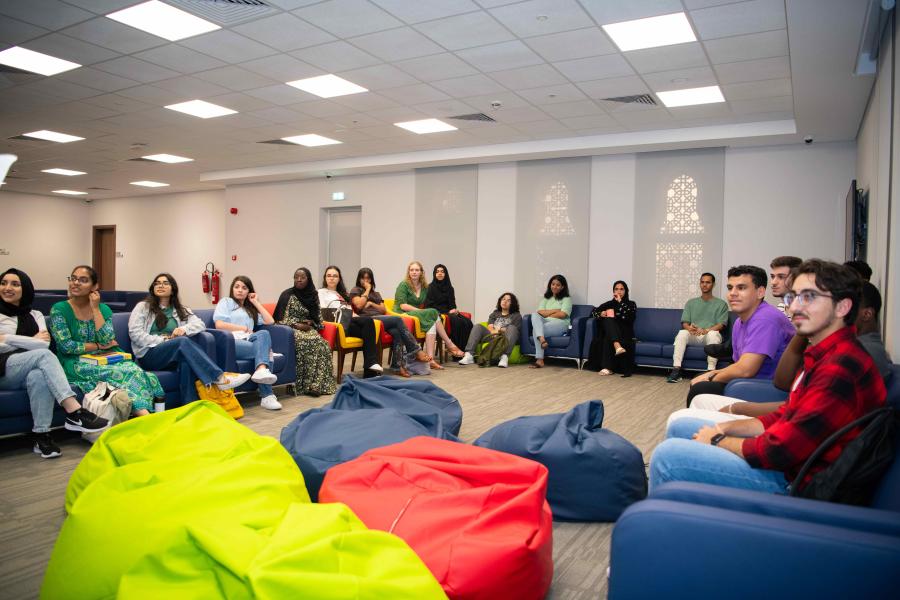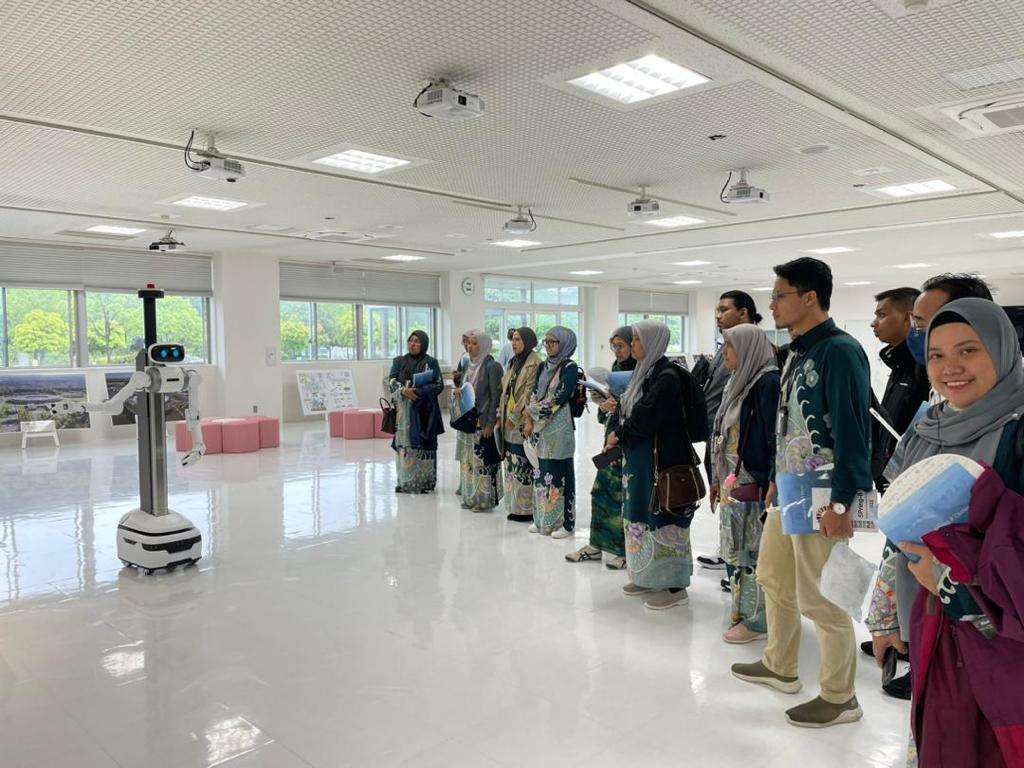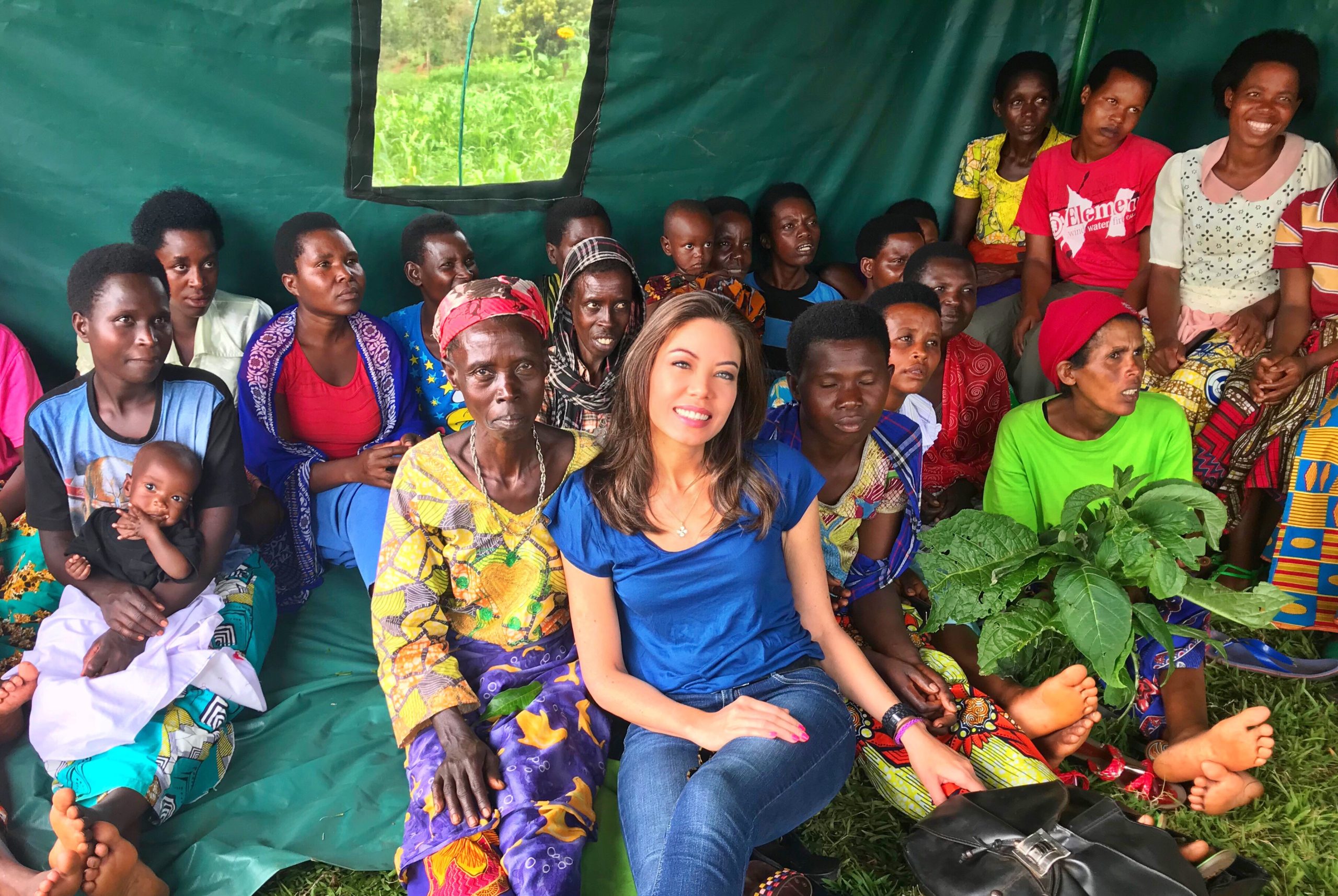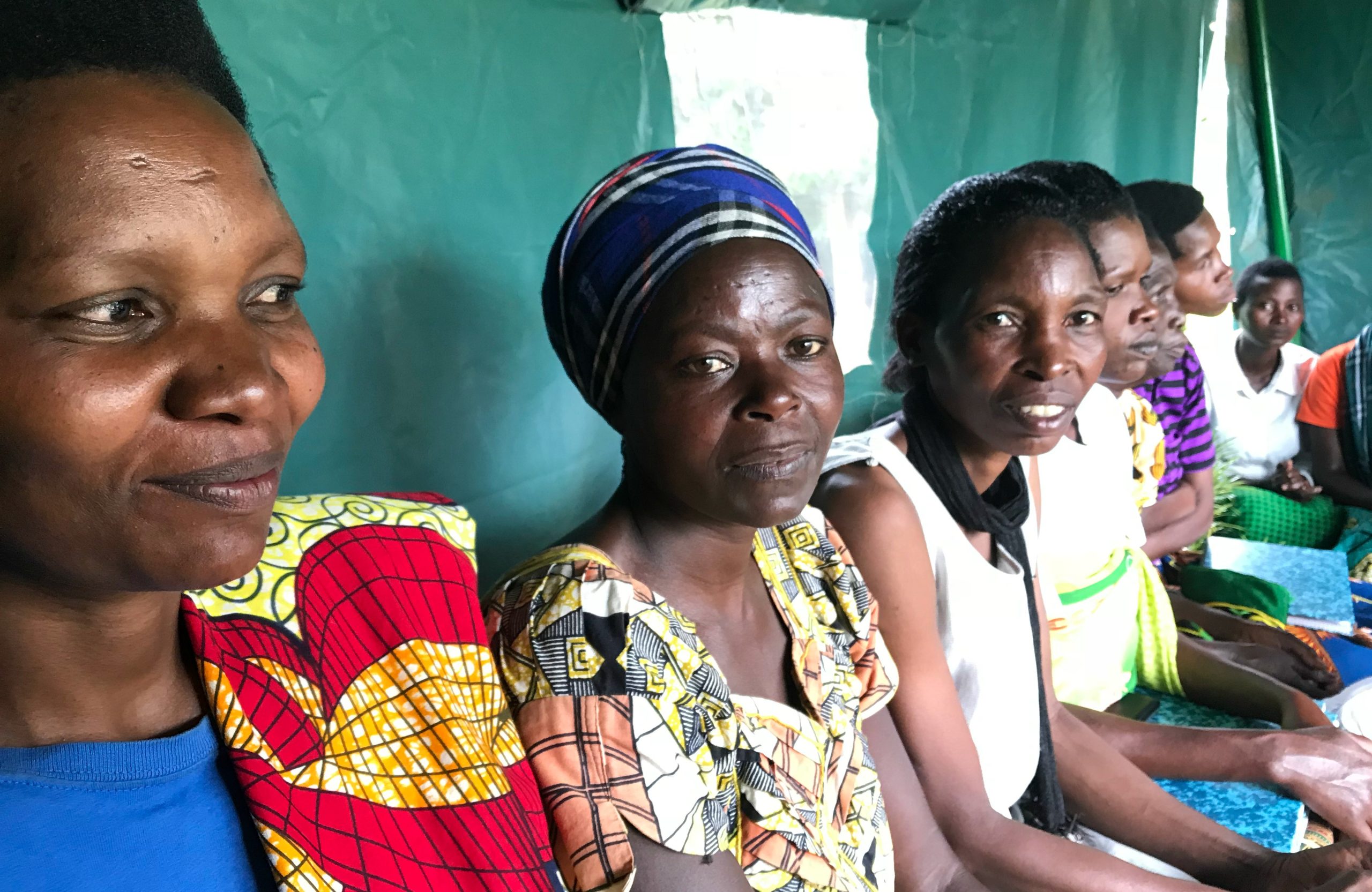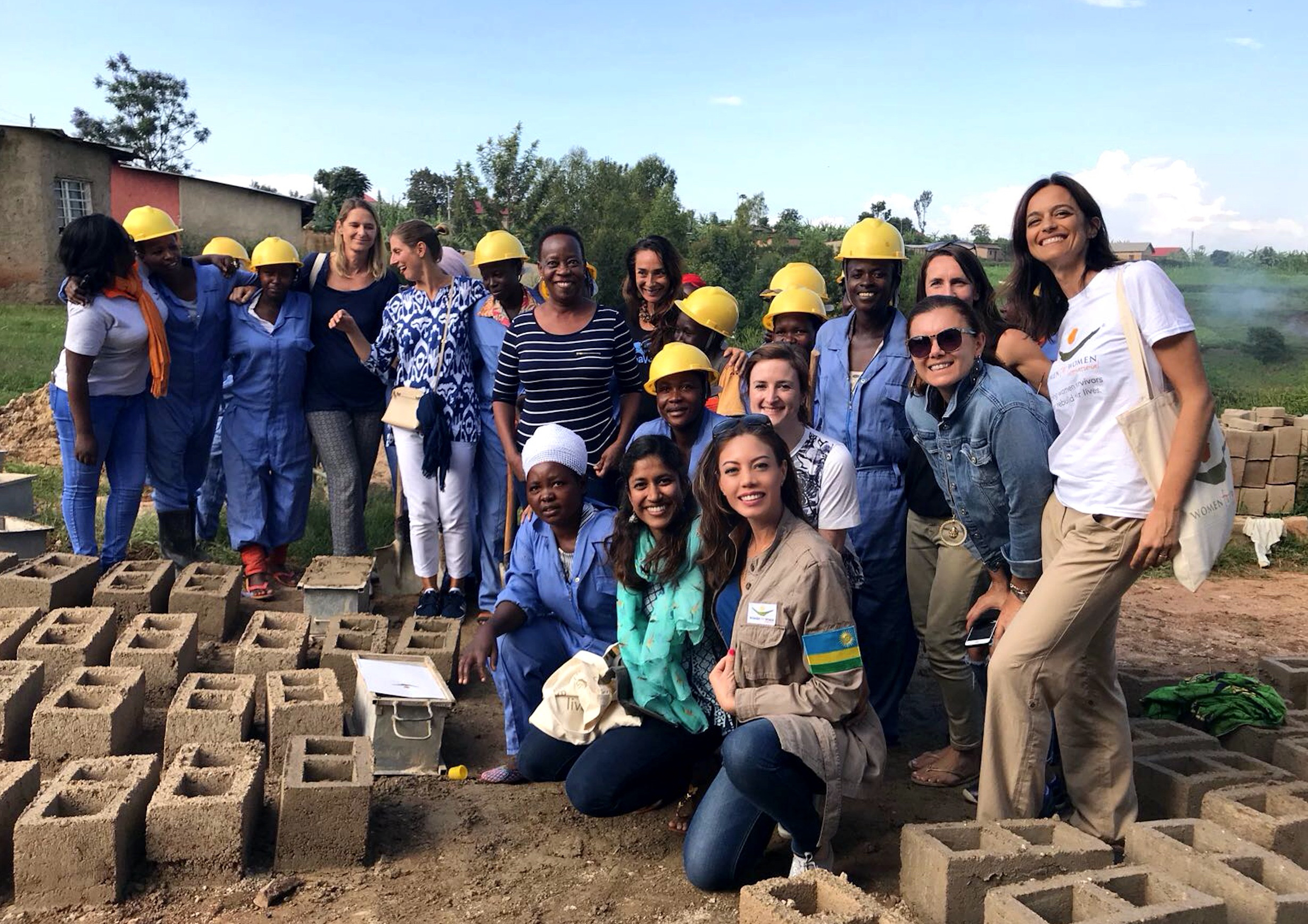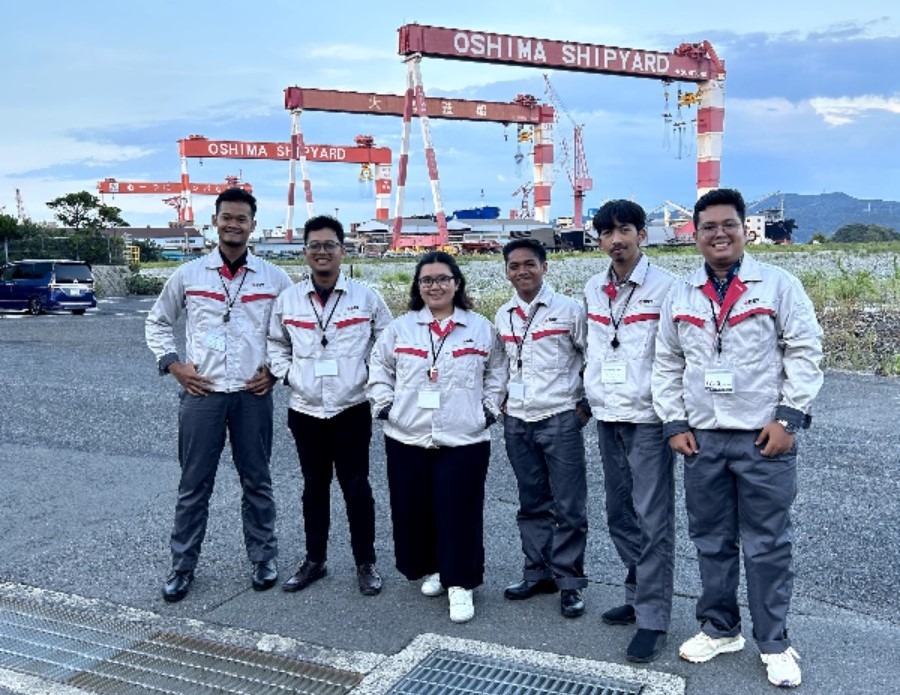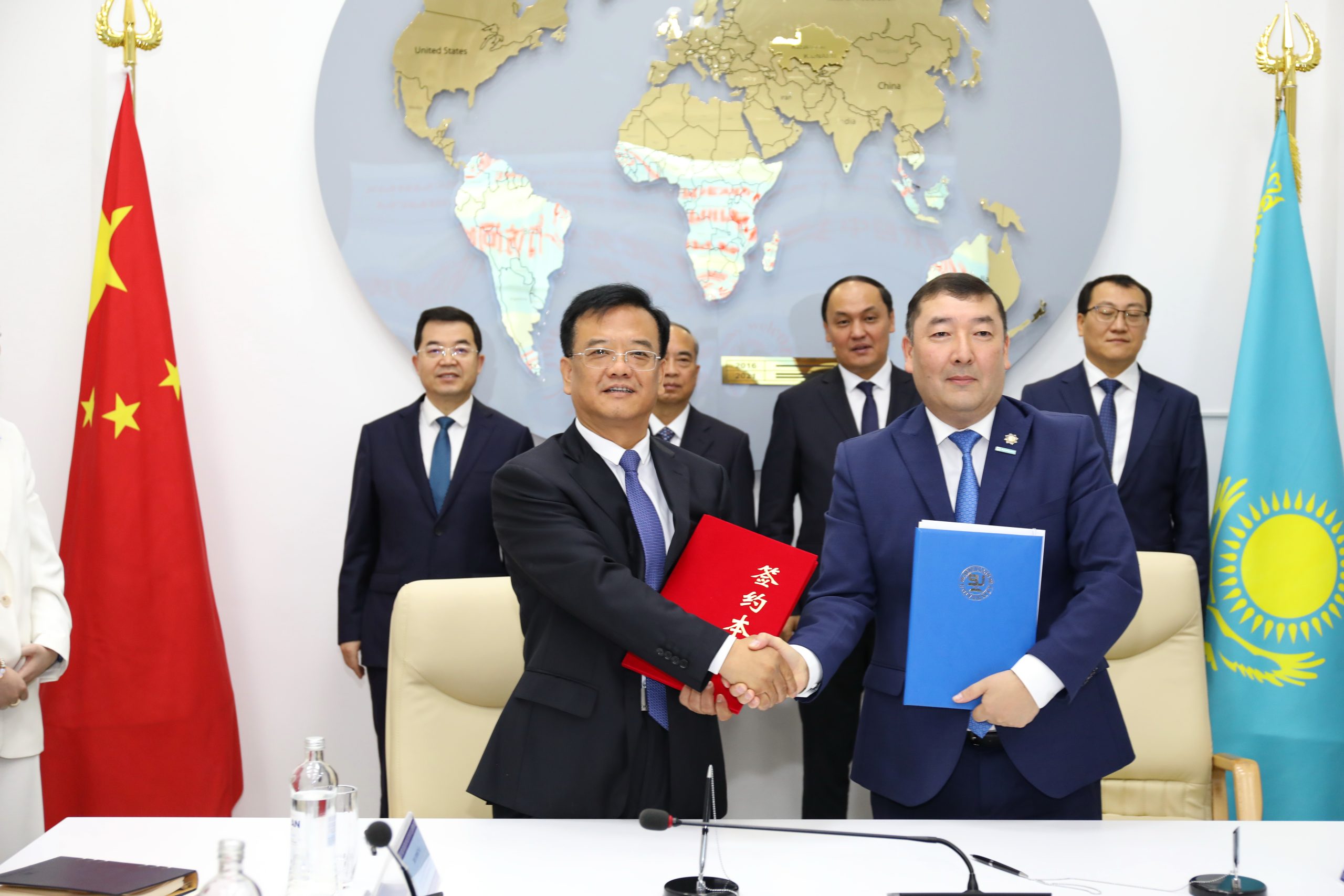Sustainable living is not only about drinking your coffee from a reusable cup, but rather how your lifestyle choices can impact the world around you. From how you prepare your food to the fashion you choose to wear, your habits may potentially help save polar bears.
With the hope of applying her knowledge about sustainable living to her life, American University of Sharjah (AUS) student Tasneem Shafeeq Khuzai is grateful to be part of the Green Living Learning Community (GLLC) launched on September 6 in the AUS residential halls.
Coordinated by Dr. Dr. Lisa Bardill Moscaritolo, Executive Director of Student Experience at AUS; Kristina Katsos, Lecturer in International Studies; and Julia Angelika Carlow, Head of AUS Sustainability, GLLC offers an immersive environment for students to connect with like-minded peers who share interests in climate change and sustainable living.
“I am ambitious and excited to share what I learned about ecology and sustainability from my courses, previous internships and research with others who have similar interests to me. Most importantly, I hope to reconnect with those like me who care about being as sustainable as possible. I also hope to focus more this semester on volunteering and internships to be able to excel academically and be more involved with the community,” said Khuzai.
With the aid of AUS Residential Assistants(RA), GLLC members sharing the same floor in their respective residential halls will engage in a variety of activities and social opportunities that are focused on sustainability. These opportunities range from promoting events on sustainability to making GLLC-related bulletin boards and working closely with residential hall coordinators and the Office of AUS Sustainability to organize events.
“The GLLC fits well within our mission to create Living Learning Communities (LLC) where students can share common interests on various subjects. Research shows that having LLCs in the residential halls strengthens students’ sense of belonging at university. Naturally, there is much interest in climate action by the youth, and with the UAE hosting COP28, this is an important link for our students. The GLLC will empower students to make informed, impactful choices and develop personal living habits,” said Dr. Lisa Bardill Moscaritolo, Executive Director of Student Experience at AUS.
Members of the GLLC will have the opportunity to also take part in community service activities, such as working in the AUS community garden and the AUS Manbat Farmers’ Market, and other volunteer opportunities.
Using the UN Sustainable Development Goals (SDGs) as a guide, the GLLC is organizing educational workshops by AUS faculty and staff throughout the semester that highlight the challenges and tools for a more sustainable world. Discussion sessions topics and speakers will include climate change, led by Dr. Fatin Samara, Professor in Biology, Chemistry and Environmental Sciences; water insecurity, led by Dr. Sandra Knuteson, Senior Lecturer in Biology, Chemistry and Environmental Sciences; fashion and consumerism, led by Dr. Rania Semaan, Associate Professor in Marketing and Information Systems; sustainable cities and communities, led by Camilo Cerro, Associate Professor in Architecture; good health and well-being, led by Nathalie Montoya Curabba, AUS Sustainability Coordinator; and reduced inequalities, led by Sana Sayed, Senior Instructor in English.
“I have been an eco-conscious person for a few years now, but it can be challenging to always incorporate sustainability into my daily life. I aim to learn more about sustainability on a budget and finding sustainable ways to be sustainable, especially that being a student means we need to rethink the way we use plastic, the food we eat and recycling. I hope to gain a stronger sense of community as part of the GLLC to make a difference. I would love to exchange knowledge and ideas regarding sustainability and living. I would also like to learn more about sustainability in the UAE through the discussions we would be participating in,” said AUS student Vibhuti Mathur.
As a member of the Universities Climate Network (UCN), a network comprising UAE-based universities and higher education institutions facilitating dialogues, workshops, public events and youth participation in the lead up to COP28, AUS has been rolling out activities through its several offices to raise awareness about the role of the youth in promoting sustainability and encouraging their participation in COP28 events.



